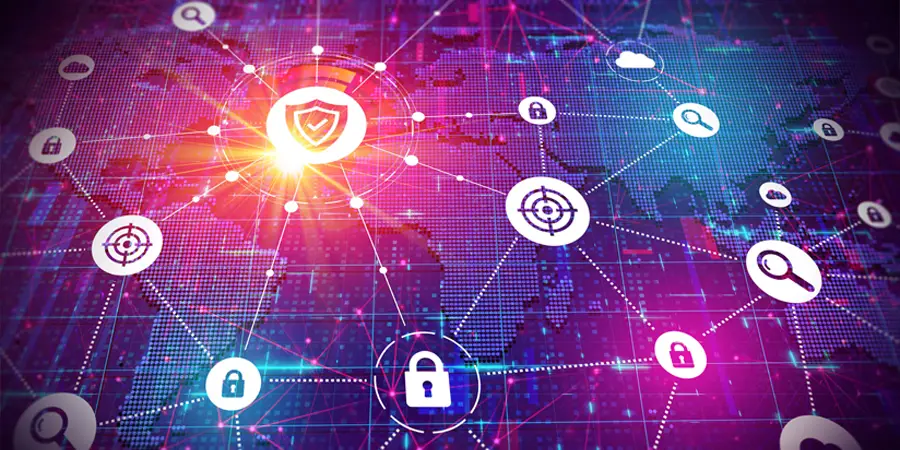Cybersecurity Threat Landscape: Emerging Risks in the Digital Age


The past two decades have experienced a digital revolution in the information and communication technologies (ICT) industry. The growth was boosted by the globalization of the Internet and World Wide Web (WWW) and the pervasive digitalization of almost all human activities, particularly in business and personal pursuits. However, inherent issues of security and privacy, arising from the use of open networking infrastructures, have been a major impediment to further growth in digital technologies. Such issues have opened up and created a myriad of security threats and challenges in cyberspace. For instance, diverse types of cybercrime have been recorded in the past few years with many more remaining unrecorded. This has led to the increased need to strengthen and secure technologies that support vital services in government, industry, smart homes, and smart businesses.
Moreover, traditional security mechanisms and encryption techniques are not capable of curbing the problem. In addition, the complexity and diversity of cybersecurity threats mean that the design and development of new, secure information and communication technology solutions need to meet stringent performance constraints.
Challenges of Conventional Security Elements.
The control mechanisms that were applied in the past were suited to systems that were stable and isolated. But somehow today’s ever-changing and dependent ICTs put forth critical gaps. Encryption though is important can be defeated using higher level decryption methods or side channel attacks. Firewalls are however a crucial tool but are at times easily evaded by malware especially those with the ability to deactivate firewalls. The threats we face from cyber attackers continue to increase in sophistication and require us to take commensurate measures towards defense.
The Right of Security and the Demand for New Security.
However, the approach towards the new threats cannot be done without the development of new security paradigms. These solutions must be preventative rather than detective as organizations have to be prepared for the breach before it happens. This needs a three-pronged approach: exploit-based threat detection where the security system detects and applies the appropriate response to the latest threats; real-time monitoring where the system continuously watches for anomalies in behaviour; and self-adaptive security which, based on patterns, allows the system to protect the network itself from the threats the exploit-based detection identifies.
- Advanced Threat Detection: The application of ML and AI in ensuring behavioral and threat anomaly real-time detection. This approach provides zero-day coverage in order to identify previously unknown threats and capabilities to respond to new ways of launching attacks.
- Real-Time Monitoring: Continuous monitoring practices that include collecting real-time information about the activity in the networks to better identify and address security incidents. This may include the use of Security Information and Event Management (SIEM) systems and intrusion detection systems (IDS).
- Adaptive Security Measures: Creating privacy technologies that can dynamically adapt to the current threat environment. This includes firewalls, security management through regular updates, and the use of blockchain for secure and transparent commercial transactions.
Emerging Cyber Risks Global Insights and Trends Report.
It is crucial to analyze tendencies in cyber threats variations worldwide for better counteraction. Some of the most significant emerging risks include:
- Ransomware Evolution: The threat of ransomware attacks became more sophisticated and psychologically traumatic. Hackers have now began to adopt double extortion techniques whereby they not only encrypt data but will also threaten to leak such data in public if a ransom is not paid for it.
- Supply Chain Attacks: Threat actors are also actively using supply-chains to get access to bigger networks. They target a handful of suppliers and compromise them to gain access to a number of organizations in the downstream industry.
- IoT Vulnerabilities: Security and privacy threats associated with IoT devices exist in great numbers because security is sometimes not given much attention. These devices can be used as points of access for further breaches of large networks.
- AI-Driven Attacks: Threat actors are also starting to leverage AI to improve their attacks – which better masks their malice. This includes the use of fake phish emails as well as AI-powered vulnerability scanning.
Conclusion
Stress on the need for proactive cyber security solutions in the face of an ever dynamic threat environment. The traditional defence layers are inadequate to offer a defence against such attacks. Thus, Internet-savvy businesses and governments can enhance their protection if they examine current worldwide trends and implement cutting-edge security. With the example of Cybersecurity Bill and the need for real-time threat monitoring centres, it is evident that the legislation also represents an essential step towards national and organizational cybersecurity advancement.Visit for more details: https://www.ncuindia.edu/programme/b-tech-cse-with-specialization-in-artificial-intelligence-and-machine-learning
